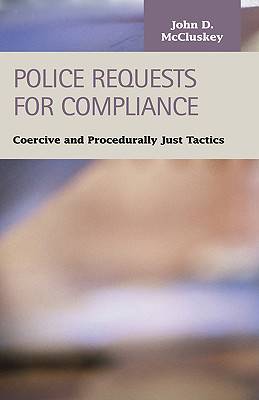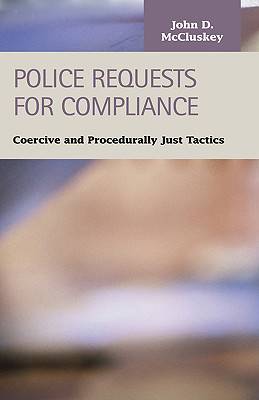
- Afhalen na 1 uur in een winkel met voorraad
- Gratis thuislevering in België vanaf € 30
- Ruim aanbod met 7 miljoen producten
- Afhalen na 1 uur in een winkel met voorraad
- Gratis thuislevering in België vanaf € 30
- Ruim aanbod met 7 miljoen producten
Zoeken
€ 44,95
+ 89 punten
Omschrijving
Kaminski seeks to explain murders of police in 190 cities and four time periods (1987, 1990, 1993, and 1996). His hypotheses are that differences in levels of officer exposure (e.g., arrests) and physical and social guardianship (e.g., mandatory vest-wear policies; proportion of one- vs. two-officer patrol units) influence opportunities for homicides after the effects of proximity to motivated offenders are accounted for (i.e., criminogenic conditions and field officer density). Social and physical guardianship are not significant factors. Homicides of police are primarily a function of exposure and proximity to motivated offenders. In addition, police departments employing more female officers and those located in the south experience more homicides. The results indicate that murders of police are largely determined by criminogenic structural conditions, arrest activity, and the number officers deployed in the field.
Specificaties
Betrokkenen
- Auteur(s):
- Uitgeverij:
Inhoud
- Aantal bladzijden:
- 224
- Taal:
- Engels
- Reeks:
Eigenschappen
- Productcode (EAN):
- 9781931202619
- Verschijningsdatum:
- 1/01/2003
- Uitvoering:
- Hardcover
- Formaat:
- Genaaid
- Afmetingen:
- 140 mm x 216 mm
- Gewicht:
- 430 g

Alleen bij Standaard Boekhandel
+ 89 punten op je klantenkaart van Standaard Boekhandel
Beoordelingen
We publiceren alleen reviews die voldoen aan de voorwaarden voor reviews. Bekijk onze voorwaarden voor reviews.











